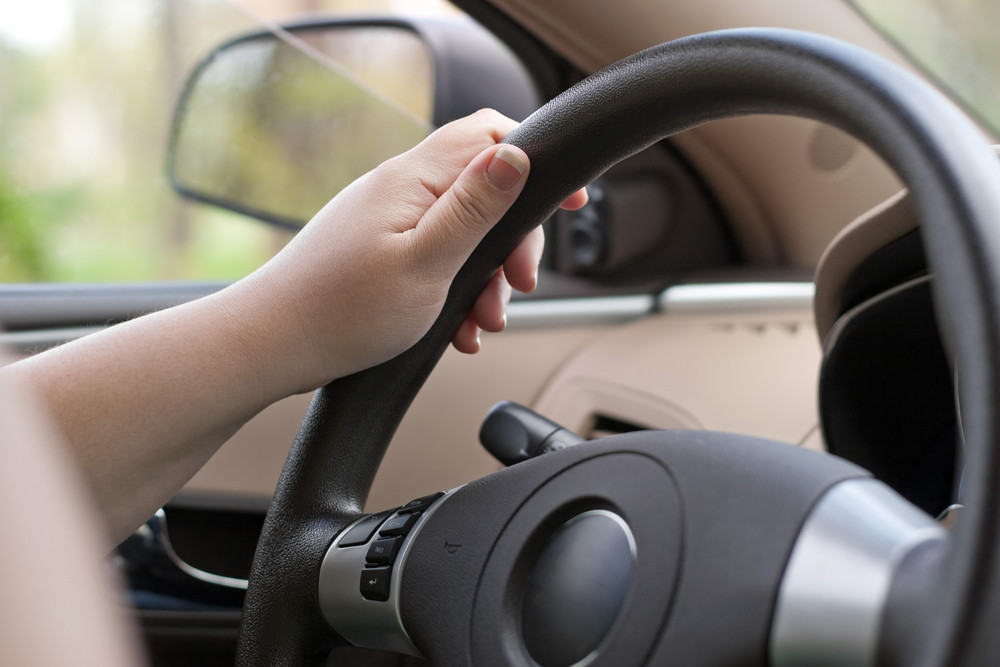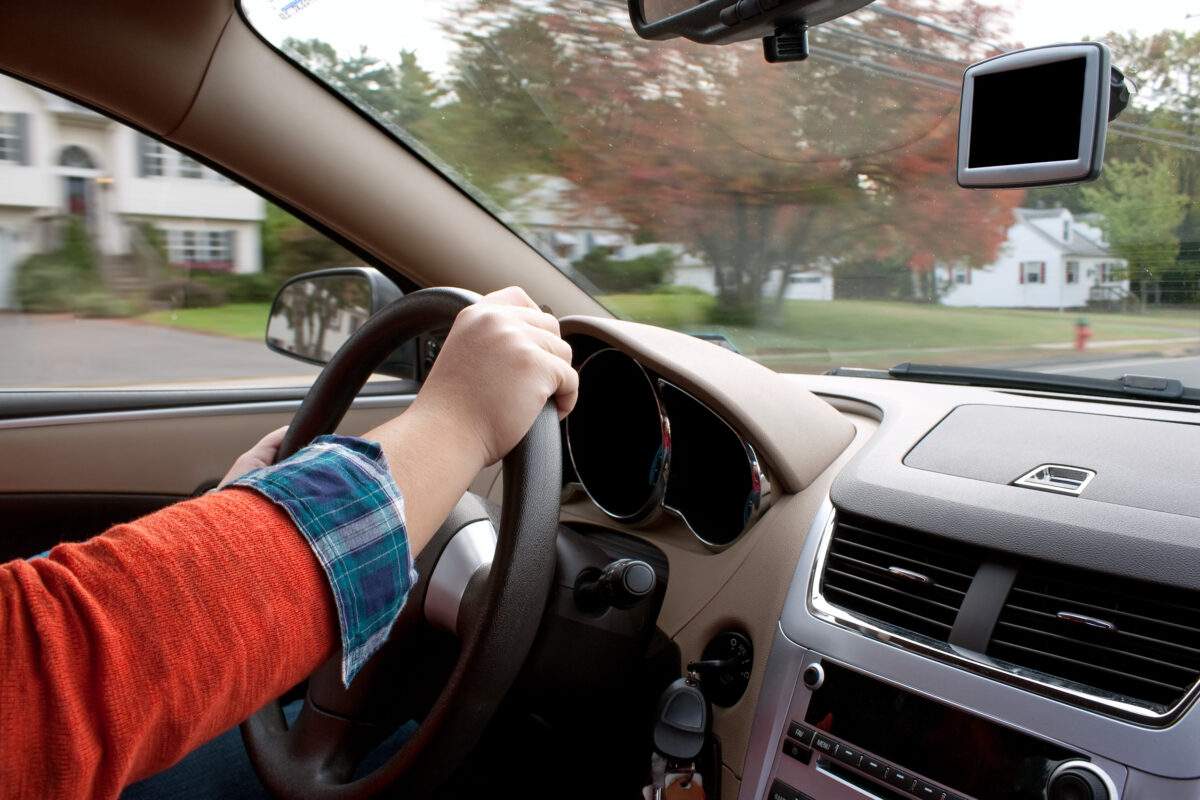A brake controller is a handy device that controls your vehicle and trailer. It keeps you safe on the road and may even be required by law depending on your vehicle’s configuration and where you live. Installing a brake controller is a must if you need better sway control. Find out how it helps with sway control by continuing to read below.
1. Brake Controllers Can Give You Increased Stopping Distance
Using a weight distribution system is recommended if your trailer accounts for more than 50% of your vehicle’s weight, according to How Stuff Works. Installing the weight distribution system should already help improve your sway control. Your weight distribution system can provide even better control if it’s paired with a brake controller.
The weight distribution system and brake controller increase your stopping distance. While the system prevents any one part of your vehicle from bearing excessive weight, the brake controller takes advantage of that to stop your vehicle faster. As a result, you’ll have more stopping distance to work with while driving your vehicle. That should help you avoid getting into rear-end accidents.
2. Brake Controllers Allow You to Stop Trailer Sway Quickly
Preventing trailer sway is always preferable to stopping it. However, you may be unable to prevent trailer sway if it’s caused by damaged roads or other vehicles. In such a situation, your best bet is to quickly take control of your vehicle so you can stop your trailer from swaying.
Brake controllers can put an immediate stop to your swaying trailer. Use your brake controller to stop your vehicle as soon as you feel the movement of your trailer. Taking quick action that way could help you avoid an accident.
3. Brake Controllers Can Work With Different Trailers
You should also use a brake controller to improve your sway control because it’s a versatile addition to your vehicle. Changing your brake controller won’t be necessary, even if you have to tow a different trailer. It will work just fine regardless of what trailer you’re currently using.
Are you wondering how to ensure your brake controller will work with your new trailer? You’ll just have to calibrate your brake controller. Once you’re done with the calibrations, you can hit the road knowing that sway control won’t be an issue.
Trailer sway can be a big problem if you fail to keep it under control. Add a brake controller to your vehicle and improve your sway control in the process. Check out our website or give us a call today if you have any questions!
Hayes Towing Electronics Products Are Proudly Made in the U.S.A.














